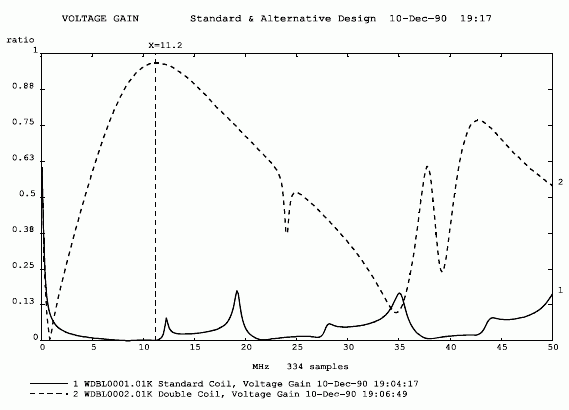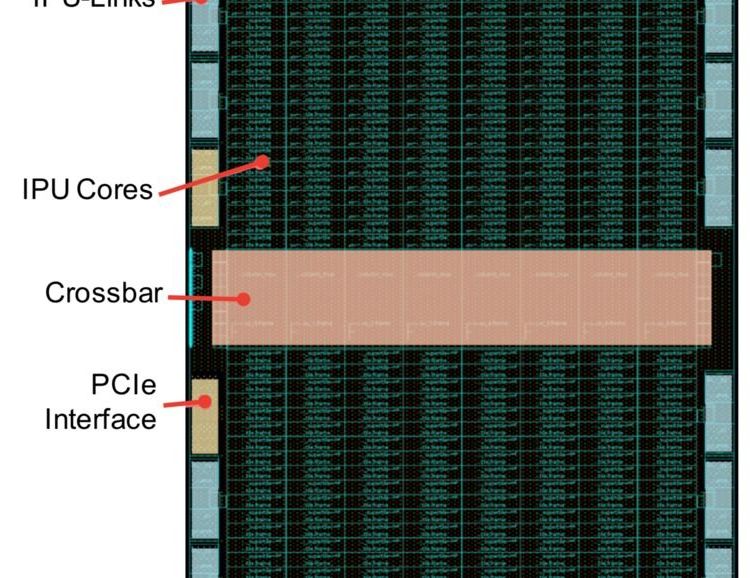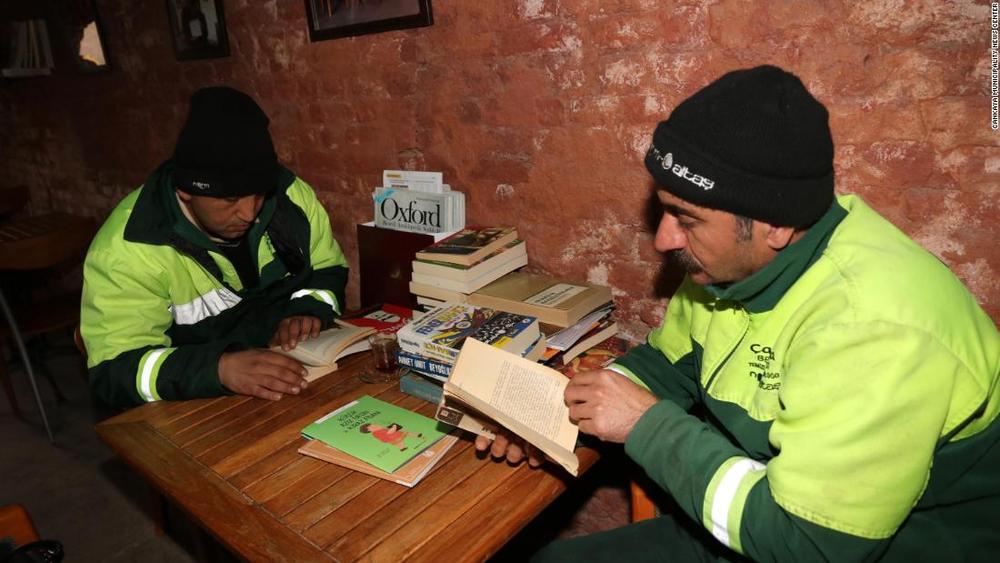Entitled “The Problem of Increasing Human Energy — With Special References to The Harnessing of The Sun’s Energy”, it was published by his friend Robert Johnson in The Century Illustrated Monthly Magazine for June 1900 soon after Tesla returned from Colorado Springs where he had carried out an intensive series of experiments from June 1899 until January of 1900.
The exact title of the chapter where he discusses this device is worth giving in its entirety:







